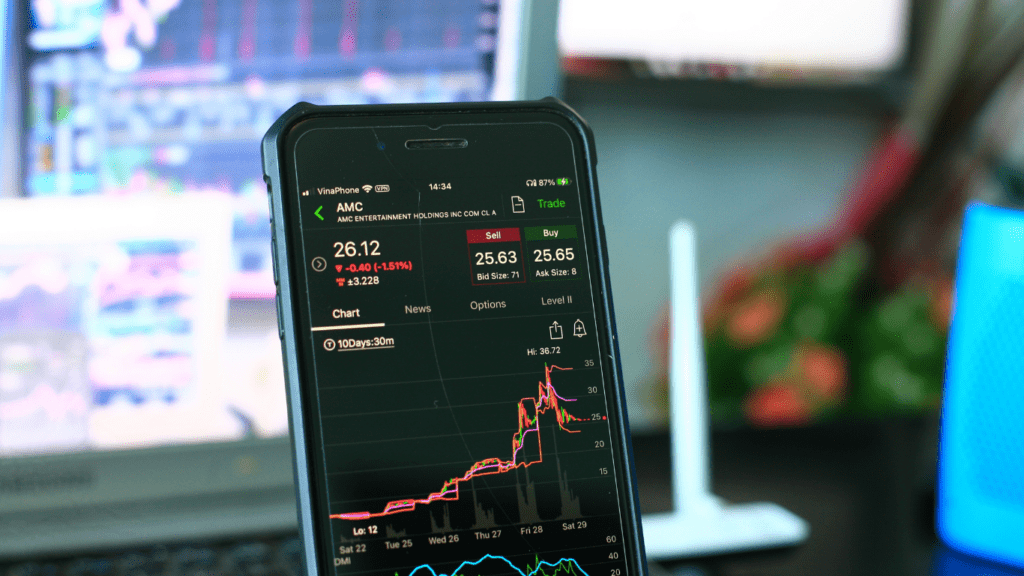Understanding Global Financial Markets
Global financial markets form a complex network that includes stock exchanges, bond markets, foreign exchange markets, and commodities. Their interconnected nature means changes in one area can ripple through others. For instance, a significant shift in currency exchange rates impacts export and import costs, affecting corporate earnings and stock valuations.
Stock markets are perhaps the most visible aspect. They act as barometers of economic health, reflecting investor sentiment and economic forecasts. Bond markets provide insights into interest rate expectations, as government and corporate bonds are sensitive to changes in monetary policy. They often serve as indicators of economic stability since they reflect investor confidence in various economies.
Foreign exchange markets facilitate international trade by enabling currency conversions. Currency value fluctuations influence trade balances, with stronger currencies potentially dampening export demand. Lastly, commodities markets trade raw materials like oil and gold. Prices here are affected by supply-demand dynamics and geopolitical factors, influencing inflation and purchasing power.
In essence, understanding these interrelated segments helps make sense of market behaviors and informs investment strategies. The ability to comprehend how global events drive market dynamics can empower individuals to make informed decisions in this volatile landscape.
Historical Overview of Key Movements
Navigating through significant phases in global financial markets reveals crucial economic and policy-driven movements. Let’s delve into how these events shaped modern financial landscapes.
Major Economic Events
Several key economic events have substantially impacted financial markets over the decades. The 2008 global financial crisis, triggered by the collapse of Lehman Brothers, resulted in a severe downturn in global markets, causing a sharp drop in stock values and economic activity. In the earlier part of the 2000s, the dot-com bubble saw the rise and fall of technology stocks, impacting investor confidence and market stability. More recently, the COVID-19 pandemic led to unprecedented monetary and fiscal responses, influencing market recovery and investor behavior.
Policy Changes and Their Impact
Policy changes significantly alter market dynamics. Central banks often implement interest rate adjustments to control inflation or stimulate growth, affecting bond yields and stock prices. The introduction of quantitative easing by the Federal Reserve in response to the 2008 crisis played a crucial role in stabilizing the economy by increasing liquidity. Similarly, regulatory shifts like the Dodd-Frank Act aimed at reducing risks in financial systems have since shaped risk management and investment approaches.
Analyzing Recent Trends

Monitoring recent trends in global financial markets provides essential insights for investors. Understanding these trends helps in adapting strategies to better navigate market dynamics.
Stock Market Volatility
Stock markets have recently experienced heightened volatility. This fluctuation is driven by economic indicators, corporate earnings reports, and geopolitical developments. For example, shifts in tech stocks impact broader indices like the NASDAQ. Frequent adjustments in stock prices reflect investor sentiment and economic forecasts.
Currency Fluctuations
Currency markets show notable fluctuations impacted by trade agreements and central bank policies. Exchange rate variations influence import-export activities. For instance, a strong US dollar affects emerging market currencies by increasing debt burdens, altering economic stability.
Commodity Price Shifts
Commodity prices are moving due to supply chain disruptions and demand changes. These shifts are evident in oil and agricultural products, affecting production costs and consumer prices. Unexpected weather events also disrupt supply, impacting commodity markets.
These market trends influence asset prices and investment strategies. By staying informed, one can make better financial decisions amidst these dynamic market conditions.
Influential Factors Driving Change
Navigating global financial markets involves understanding various elements that prompt shifts. With these movements, I focus on two primary drivers: technological advancements and geopolitical influences.
Technological Advancements
Technological progress is reshaping global financial markets by enhancing efficiency and transparency. High-frequency trading platforms, driven by algorithms, execute millions of transactions per millisecond, revolutionizing buying and selling dynamics. Blockchain technology, underpinning cryptocurrencies, fosters a decentralized financial ecosystem impacting traditional banking structures. Moreover, fintech innovations, including digital wallets and peer-to-peer lending, provide new avenues for investments and challenge existing regulatory frameworks. These advancements, while offering opportunities, also pose risks, such as cybersecurity threats, influencing investor confidence and market behavior.
Geopolitical Influences
Geopolitical factors significantly impact financial markets, creating both volatility and investment opportunities.
- Trade wars, like the US-China tariff dispute, disrupt global supply chains and affect market sentiment.
- Political instability, such as Brexit, introduces currency fluctuations and uncertainty in economic policies.
- Sanctions against countries influence commodity prices, particularly oil, due to supply restrictions.
- Military conflicts can lead to elevated risk aversion, driving investors toward safe-haven assets like gold or government bonds.
- Understanding these influences helps in predicting market trends and adjusting strategies accordingly.
The Role of International Trade
International trade significantly influences global financial markets. It serves as a catalyst for economic growth by allowing countries to specialize in producing goods where they have a comparative advantage. When nations engage in trade, they strengthen economic interdependence, which stabilizes markets. For instance, import-export activities account for large portions of GDP in economies like China or Germany, directly affecting currency valuations.
Trade policies and agreements, such as the North American Free Trade Agreement (NAFTA) or the European Union’s single market, impact financial markets by determining tariffs and trade barriers. Exchange rate fluctuations, often influenced by trade balances, affect multinational corporations’ earnings. For example, a strengthening dollar can make US exports more expensive, impacting companies’ overseas revenue.
Shifts in global demand for raw materials also affect commodity markets. Countries rich in natural resources, like oil or metals, experience significant financial market movements tied to global trade. These dynamics are evident in oil-exporting nations where price shifts lead to revenue volatility. Understanding the role of international trade helps predict financial market trends, as these activities are integral to economic forecasting and investment strategies.
Future Predictions and Considerations
I predict that technological innovation will continue shaping global financial markets. With AI and machine learning transforming data analysis, trading strategies will likely become more sophisticated, potentially increasing market efficiencies. Blockchain technology might further revolutionize transaction processes, reducing costs and improving security.
Geopolitical changes remain a major consideration. As political landscapes shift, markets could experience volatility. Trade agreements and diplomatic relations between major economies will likely continue to influence currency and stock markets. Investors might seek diversification to mitigate risks associated with these uncertainties.
Environmental, Social, and Governance (ESG) criteria are expected to gain prominence. With growing awareness of sustainable investing, markets could see a shift in capital flows towards companies committed to minimizing their environmental impact and enhancing social responsibility. This trend might influence corporate behavior and reshape sectors like energy and manufacturing.
Given demographic changes, aging populations in developed markets could alter financial strategies. Demand for retirement products and health care is expected to rise, potentially impacting insurance markets and economic growth rates. Emerging markets with younger populations may drive global consumption patterns, affecting demand for goods and services.
Future monetary policies remain a critical factor. Central bank actions, particularly during economic recoveries, could create ripple effects in bond yields and inflation rates. As economies navigate challenges like inflationary pressures and sluggish growth, policy responses will be crucial for maintaining market stability and investor confidence.


 ____________
____________
